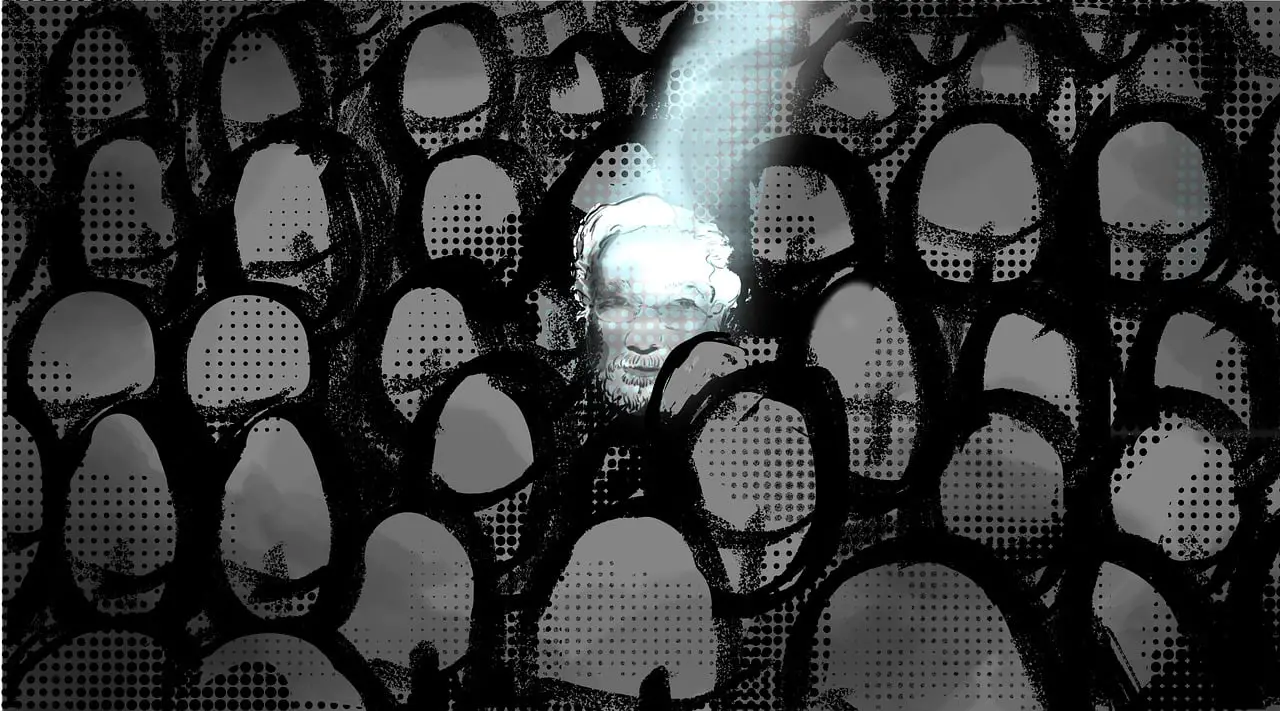When the Chang’e-4 mission landed in the Von Karman crater on January 3, 2019, China became the first and only country to land on the far side of the moon — the side that always faces away from Earth.
Now, China is sending another mission to the far side, and this time, its goal is to return the first samples of the moon’s “hidden side” to Earth.
The Chang’e-6 mission, launched Friday, is set to spend 53 days exploring the South Pole-Aitken basin to study its geology and topography as well as collect samples from different spots across the crater.
The South Pole-Aitken basin is believed to be the largest and oldest crater on the moon, spanning nearly a quarter of the lunar surface with a diameter measuring roughly 1,550 miles (2,500 kilometers). The impact crater is more than 5 miles (8 kilometers) deep.
Scientists hope that returning samples to Earth will help answer enduring questions about the intriguing far side, which hasn’t been studied as deeply as the near side, as well as confirming the moon’s origin.
“The far side of the moon is very different from the near side,” said Li Chunlai, China National Space Administration deputy chief designer. “The far is basically comprised of ancient lunar crust and highlands, so there are a lot of scientific questions to be answered there.”
No real ‘dark side’
During a NASA budget hearing on April 17, congressman David Trone asked NASA administrator Bill Nelson why China was sending a mission to the “backside” of the moon.
“They are going to have a lander on the far side of the moon, which is the side that’s always in dark,” Nelson responded. “We’re not planning to go there.”
The moon’s hidden side has sometimes been referred to as the “dark side of the moon,” largely in reference to the 1973 Pink Floyd album of the same name.
But the phrase is a bit of a misnomer for a couple of reasons, according to experts.
While the far side of the moon may seem dark from our perspective, it experiences a lunar day and lunar night just like the near side, and receives plenty of illumination. A lunar day lasts just over 29 days, while the lunar night lasts for about two weeks, according to NASA.
The same side always faces Earth because the moon takes the same amount of time to complete an orbit of Earth and rotate around its axis: about 27 days.



